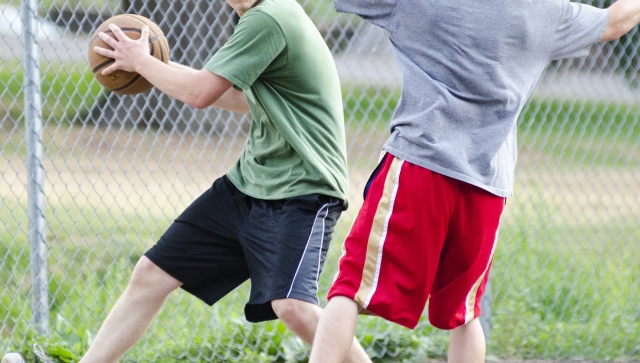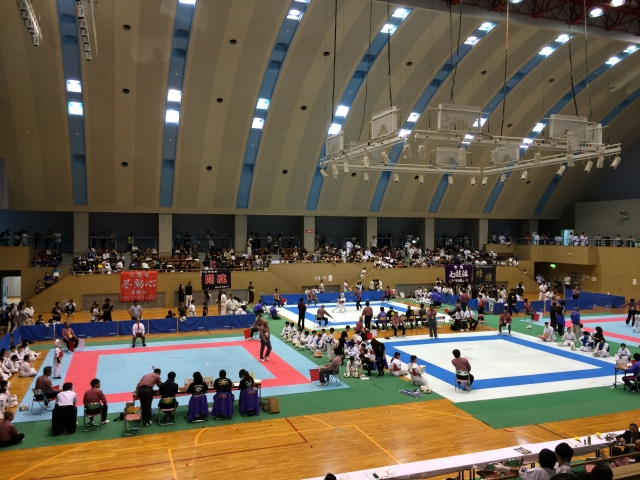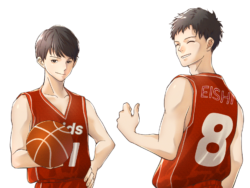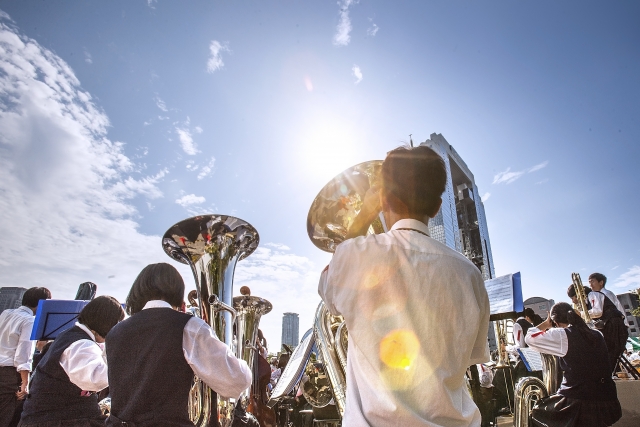Extracurricular activities — known in Japan as Bukatsu — are an essential part of junior high school life.
For many students, Bukatsu defines their school experience and plays a major role in shaping both their body and mind.
What Is Bukatsu?

The term Bukatsu is short for Bukatsudō (部活動), which literally means “club activities.”
When students enter junior high school, they are expected to join at least one club — whether it’s a sports team, art club, music group, or science club.
These activities help students develop discipline, teamwork, and friendship beyond the classroom.
The Daily Routine of Bukatsu

Once students join a club, Bukatsu becomes a major part of their daily life.
Members of sports teams, in particular, train with great dedication.
Many arrive early in the morning to practice before classes begin, and once school ends in the afternoon, they continue with another session of training under the guidance of their teacher or coach.
Even weekends are often spent on Bukatsu — either practicing, playing friendly matches, or competing with other schools.
It’s not unusual for students to devote most of their free time to their club, especially during competition season.
Senpai and Kohai: The Club Hierarchy

Bukatsu is also a place where students learn social responsibility and respect.
Most clubs follow the senpai–kohai (senior–junior) system, a traditional Japanese relationship of mentorship and hierarchy.
First-year students learn basic skills and club manners from seniors, while seniors are expected to set an example and guide their juniors.
Although modern schools are gradually becoming less strict, this hierarchy still helps students build communication skills, patience, and humility — qualities valued in Japanese society.
The Three-Year Journey

First Year: Learning the Basics
Students spend their first year getting used to the club’s rhythm and culture.
They practice the fundamentals and observe how older members behave.
Second Year: Growth and Achievement
By the second year, students gain confidence and begin to show the results of their training.
This is often the most enjoyable time, filled with competitions, events, and teamwork.
Third Year: Passing the Torch
In the final year of junior high school, students prepare to hand over leadership to younger members.
After summer, they officially “retire” from the club and begin focusing on high school entrance exams — but the lessons they learned through Bukatsu stay with them for life.
Bukatsu Beyond Junior High

High schools also offer Bukatsu, though participation rates tend to drop.
Older students often balance club activities with other responsibilities such as part-time jobs or preparation for university entrance exams.
More Than Just a Club

For many Japanese students, Bukatsu is not simply a hobby — it’s a formative experience that teaches discipline, perseverance, and the value of teamwork.
It’s where friendships are built, challenges are overcome, and young people learn what it means to be part of a group working toward a shared goal.

